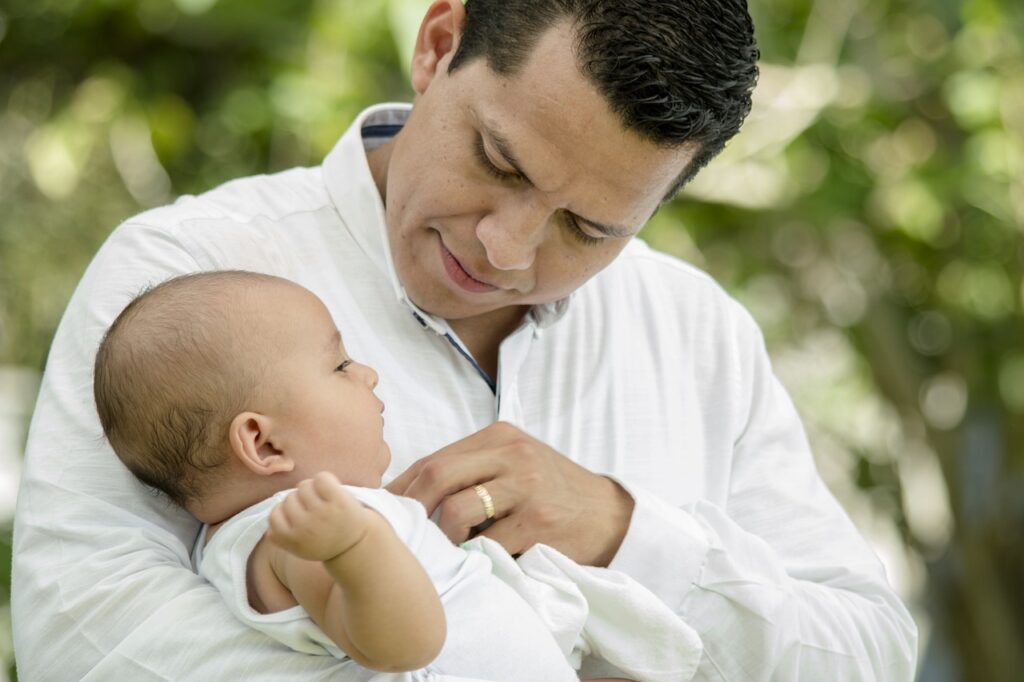According to data from the U.S. Census Bureau, in 2019, about 20 million children, or 25% of all children, under the age of 18 lived in father-absent homes. This includes children living in homes where the father is absent due to death, divorce, separation, or never having been married to the child’s mother.
Additionally, research indicates that children in father-absent homes are more likely to:
- Live in poverty: Children in father-absent homes are more likely to live in poverty than those in homes with both parents present.
- Have lower academic achievement: Children in father-absent homes tend to have lower academic achievement and are more likely to repeat a grade or drop out of school.
- Have behavioral problems: Children in father-absent homes are more likely to experience behavioral and emotional problems, including depression, anxiety, and aggression.
- Experience negative health outcomes: Children in father-absent homes are at a greater risk for poor physical and mental health outcomes.
- have a higher chance of being incarcerated : Children in father-absent homes are more likely to engage in criminal behavior and are more likely to be incarcerated.
It’s important to note that these statistics do not imply that all children growing up in fatherless homes will experience these negative outcomes, and that a child’s well-being is determined by many factors, including the quality of parenting and the presence of other positive role models and support systems in the child’s life.

